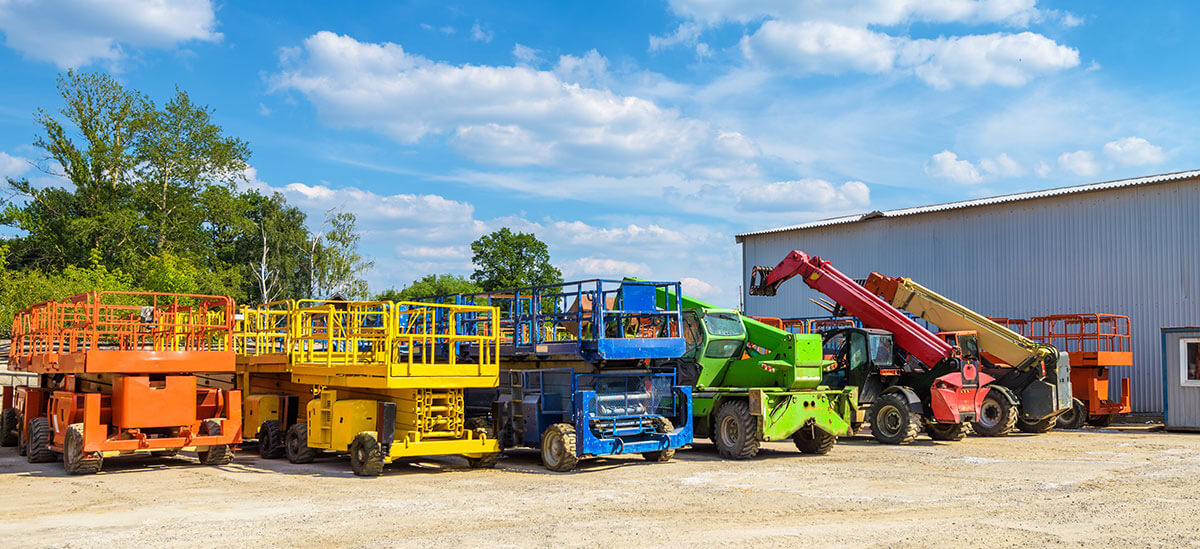
Start at The End Point
One of the biggest mistakes businesses make is not looking into the future when making a purchase.
How do you dispose of your current equipment when it’s at the end of its useful life?
This is a hidden and often large expense.
Trading in certain assets seems to be an easy solution, but can result in deep discounts compared to the asset’s real market value.
Selling equipment yourself can be time consuming and not cost effective. For equipment without a strong secondary market, like technology, the assets may be cast off without any financial return.
If you understand the financial impact of end of asset life decisions first, better decisions can be made when evaluating buying new or used.
Understand How You Use the Equipment
Understanding the impact that the pace of technology development has on equipment usage is vital.
Also, it’s important to consider what kind of ongoing expenses the equipment may present, particularly for assets like construction equipment that combine heavy usage with electronic controls.
Typically, maintenance expenses increase exponentially as age, hours and miles accumulate on the equipment. So, while used equipment may offer a deep discount at purchase—you might pay for it later with maintenance or other expenses.
Developing a clear view of how you use each important equipment area in your business is the best starting point.
Cash Flow Impact
Is there are big down payment required? Are you paying cash versus leveraging a financing solution? What kind of monthly payment aligns with your budget needs?
In a growing enterprise, precious budget dollars and available cash invested in equipment that depreciates may not deliver the highest return achievable for the deployment of capital.
If you have a high usage requirement and/or quick technology turnover, financing new equipment may be the best bet.
On the other hand, if you have a tight budget, need to preserve cash on hand for higher return investments and/or a long usage cycle, acquiring used equipment will likely be the best option for your company.
Financing Considerations
Whether new or used, you can acquire equipment within the financial structure that best suits your organization’s needs.
Whether preserving cash, aligning with budget requirements or matching revenues driven from equipment usage more directly to the operating costs of a project, financing may afford increased flexibility.
The payment becomes a fixture in your budget, so when the asset reaches end of life, you just replace the old payment with the new payment for the replacement equipment. This is also an easy way to “scale up” your equipment over time and develop a program to stay on the cutting edge of technology as your needs evolve.
The Bottom Line
So, which method is right for you? Take a look at how you dispose of the equipment, how you use it and apply some financial fundamentals and you’ll discover the right path.
New or Used?
Which option is best for your business? New or used? Find out by connecting with a PNC Equipment Finance representative.




